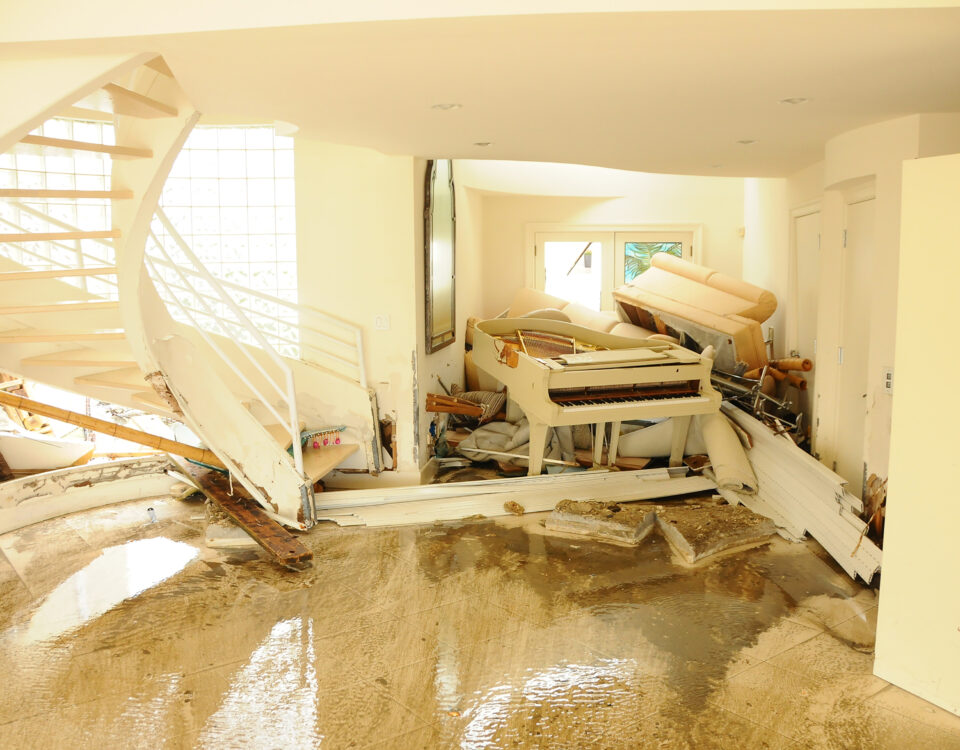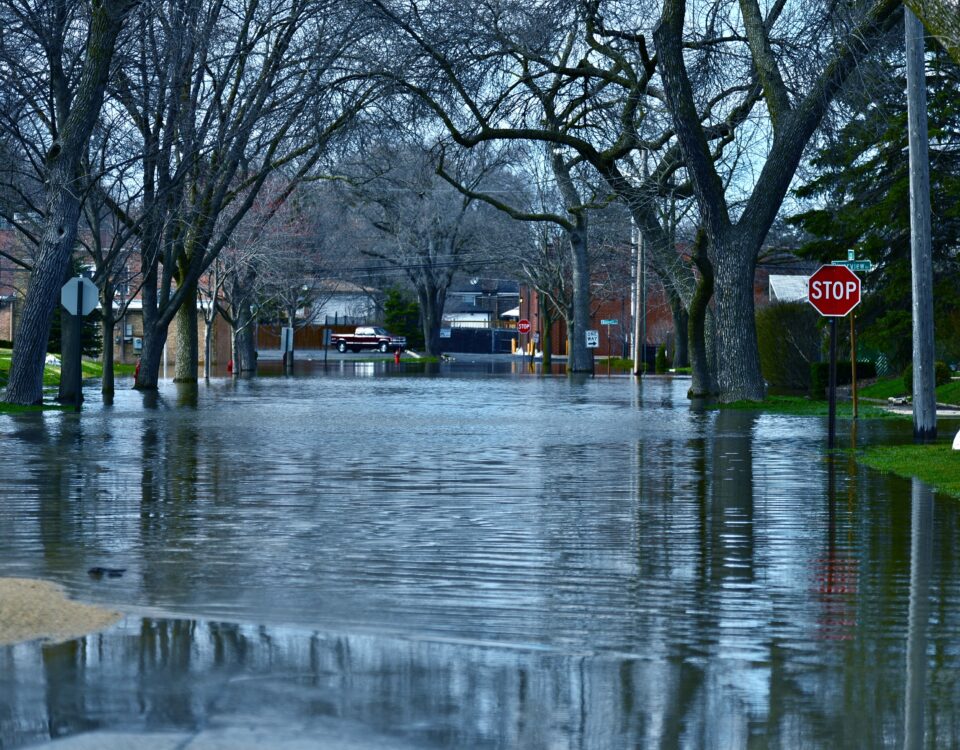
New FEMA map changes show inacurracy of flood mapping
October 12, 2022
Good as Gold Prep Your Health Tips for All Seasons
October 12, 2022Extensive flood damage in the aftermath of Hurricane Harvey brought attention to numerous failing dams in the Houston, Texas area. Now, it appears the problem is statewide.
According to the Association of State Dam Safety Officials, Texas is home to over 7,000 dams, and approximately 1,500 are listed as “high-risk potential.” With over 80,000 miles of waterways, these dams help protect the state from potential flooding. So, what happens when the dam fails?
Not Quite an F, But Pretty Dam Close
The American Society of Civil Engineers gave Texas an overall “D” grade for its dam infrastructure, citing only six percent of Texas’ high-hazard dams possess “good” maintenance and inspection programs. The report also showed that as of 2017, many of these failing dams were built four or five decades ago. Over 1,000 of the dams have reached their life expectancy, with another 226 dams waiting for repairs from previous flooding events.
Currently, Texas faces its second dam failure on the Guadalupe River in three years, causing more stress on the dam system. Last month, the middle spill gate at the Lake Dunlap dam failed due to aging steel, sending the water rushing downstream to neighboring lakes and causing water levels to rise. In 2016, Lake Wood was drained after a dam failed. That dam has still not been replaced or repaired, creating a series of problems. The six dams on the river were built in the late 1920s, making them nearly a century old. Engineering designs are underway to improve the river system, but moving forward with improvements depends on funding.
Increased Risk of Flooding
In 2013, legislation passed a bill allowing non-federally funded dams to be exempt from state regulations. This places property owners in the path of over 3,000 exempted and privately-owned dams, increasing their risk of flooding without the requirement of obtaining
See articles of Flood Restoration
insurance. Additionally, these exempted dams are not required to have emergency plans in place in the event of a failure.
While regulations do exist to maintain the safety of state-owned dams, some of the states largest dams still need repairs. For example, located in Austin, Texas, the Tom Miller Dam runs along the Colorado River and has floodgates that are approximately 80 years old. If the dam were to fail, it would put $539 million worth of property at risk. A thorough inspection, performed in 2007, determined the steel needed to be replaced by 2020. The work has yet to be completed.
The question exists, why do government officials continue to let residents believe these out-of-date dams will protect against a flooding event?
See articles of Flood Restoration




